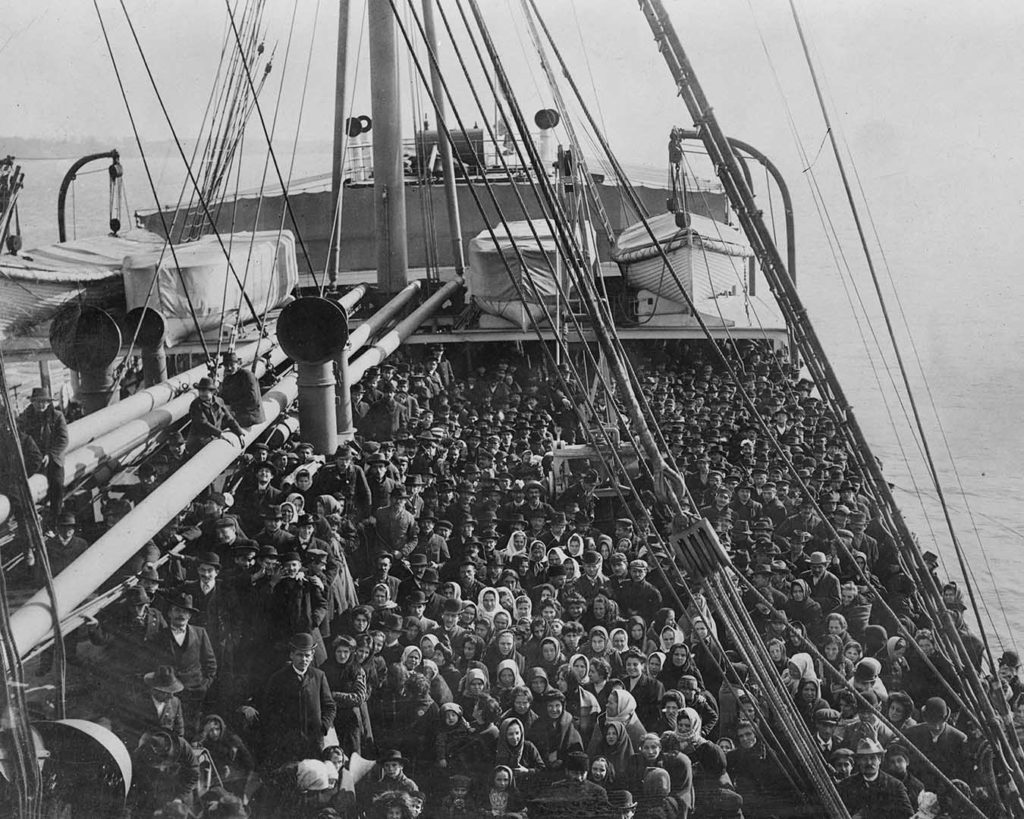Chapter 1

Next Chapter
The call to the nurse is not only for the bedside care of the sick, but to help in seeking out the deep-lying basic causes of illness and misery….
– Lillian Wald, 1915
Introduction
Like other social reformers of her time, Wald believes that good health is rooted in a healthy environment. To improve people’s lives, the Settlement has to tackle poverty’s roots.
The Four Branches of Usefulness
As its work expands, Henry Street impacts not just the neighborhood but the nation. From its base at 265 Henry Street, the Settlement operates “four branches of usefulness”: visiting nursing, social work, country work, and civic work.
Back to the Chapter
By 1913, Henry Street nurses are serving 200,000 people at branches throughout New York City.
One is Stillman House. It opens uptown in 1906, in the heart of Manhattan’s African American neighborhood.
In the poor and working-class neighborhood, nurses tend patients—like this mother and baby—in their homes.
They also host on-site clinics—and help patients with the toll that poverty and systemic racism takes on their health.